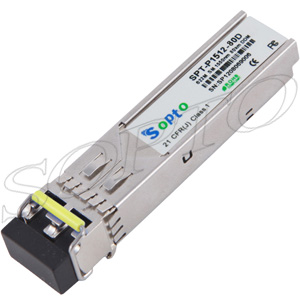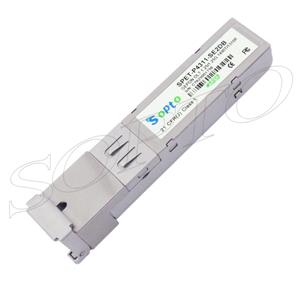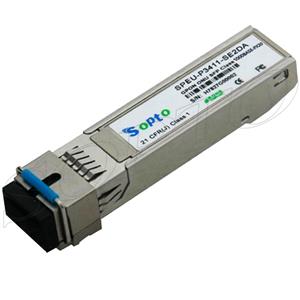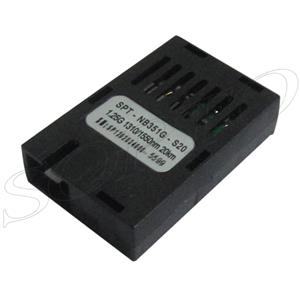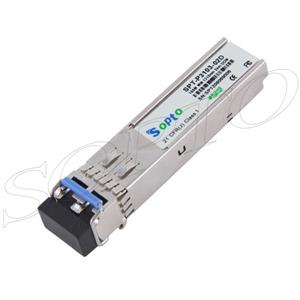-

- Sopto Home
-

- Special Topic
-

- Module Knowledge
-

- Gigabit Ethernet Physical Layer in the Optical Modules
Module Knowledge
- Tips for Buying 10G XFP Transceivers
- XFP Transceivers for Telecommunications
- Three Types of Ethernet SFP Transceiver Modules Introduction
- Info about High Density CXP Optical Module
- Multipurpose CFP Optical Modules
- Info about CFP Management Interface
- SFP+ Transceivers Short Range Module Overview
- 3 Reasons Every Network Needs GLC-LH-SM Transceiver
- Is the GLC-SX-MM Transceiver Right for Your Switch?
SOPTO Special Topic
Certificate



Guarantee
Except products belongs to Bargain Shop section, all products are warranted by SOPTO only to purchasers for resale or for use in business or original equipment manufacturer, against defects in workmanship or materials under normal use (consumables, normal tear and wear excluded) for one year after date of purchase from SOPTO, unless otherwise stated...
Return Policies
Defective products will be accepted for exchange, at our discretion, within 14 days from receipt. Buyer might be requested to return the defective products to SOPTO for verification or authorized service location, as SOPTO designated, shipping costs prepaid. .....
Applications
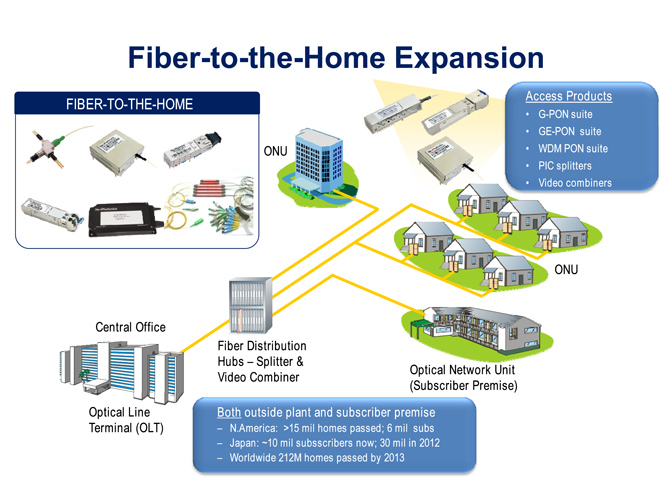 Fiber Optic Transceiver Modules can be applied to these occasions or fields.
Fiber Optic Transceiver Modules can be applied to these occasions or fields.
Ethernet
IPTV
FTTX
Security
Video Monitor
SDH/SONET
Data Communication
Storage Area Networks
SOPTO Products
- Fiber Optic Transceiver Module
- High Speed Cable
- Fiber Optical Cable
- Fiber Optical Patch Cords
- Splitter CWDM DWDM
- PON Solution
- FTTH Box ODF Closure
- PCI-E Network Card
- Network Cables
- Fiber Optical Adapter
- Fiber Optical Attenuator
- Fiber Media Converter
- PDH Multiplexers
- Protocol Converter
- Digital Video Multiplexer
- Fiber Optical Tools
- Compatible
Performance Feature
Stable
Low cost
Small size
Economic
Dust-proof
High speed
Hot-pluggable
Good EMI, EMC
Wide appliaction field
DDM function available
Long transmission distance
Good Anti-static performance
Module Knowledge
Recommended
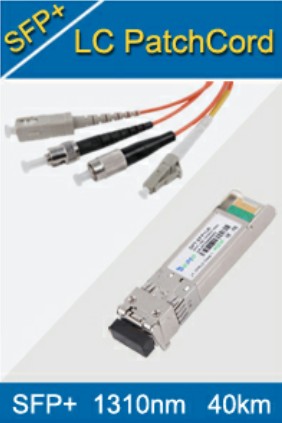
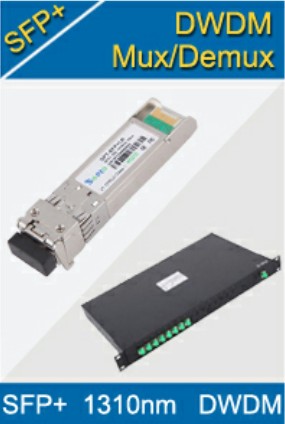
Gigabit Ethernet Physical Layer in the Optical Modules
There are many optical transceivers named according to the different Ethernet physical layers, such as the Cisco compatible SFP GLC-T 1000BASE-T and SFP-10G-SR SFP module. The 1000BASE-T and 10GBASE-SR are the physical layers which we are going to talk about.
10/100 Mbps Ethernets are mostly deployed on copper medium (coaxial cable or unshielded twisted pair, i.e., UTP). Gigabit Ethernet was first standardized on optical fiber in 1998. Two designs were ratified in IEEE 802.3z to transmit Gigabit Ethernet signals: the 1000BASE-SX uses short-wavelength laser (850 nm) on multimode fiber (MMF), and the 1000BASE-LX uses long-wavelength laser (1310 nm) on the standard single-mode fiber (SMF). At that time, transmitting 1000Mbps signals on the widely deployed Category 5 UTP was a significant challenge for silicon-chip designers. It requires tremendous signal processing to mitigate the channel impairments in copper wires such as ISI (intersymbol interference) introduced by limited channel bandwidth and signal crosstalks between pairs of copper wires. It was not until a year later that the 1000BASE-T standard (IEEE 802.3ab) was finished.
Although Gigabit Ethernet is now mainly deployed with UTP interfaces, early Gigabit Ethernet was mostly deployed with optical interfaces. Fiber has the advantage of little signal impairments and wide bandwidth. It is suitable for backbone transmission which is the major application for early Gigabit Ethernet. To keep the cost of Gigabit Ethernet low, the IEEE 802.3z committee very conservatively defined the transmission distance limit of 1000BASE-SX as 300m, and that of 1000BASE-LX as 5 km.
Both 1000BASE-SX and 1000BASE-LX share the 8B/10B 1000BASE-X PCS line coding. Besides the transmission media, the only difference between 1000BASE-SX and 1000BASE-LX lies in the PMD layer which defines the laser transmitter and photodetector. The interface between the PMA and PMD layer is simply a serial interface. This made it easy to reuse all the designs between 1000BSAE-SX and 1000BASE-LX except the PMD transceiver, which can’t interoperate with each other.
Although the IEEE 802.3z standard committee has made the PMD specification extremely conservative, it still represented a significant portion of the Gigabit Ethernet switches and routers containing high port counts. Luckily, the well-thought layered design of Ethernet allows the optical transceiver modules to be separated from the rest of system.
The IEEE 802.3z standard did not specify an exposed interface between the PMA and PMD. Nevertheless, transceiver manufactures formed MSA consortiums that defined optical transceiver modules (i.e., PMDs) with a common electrical interface and uniform mechanical dimensions. The most commonly seen Gigabit Ethernet MSA PMD modules are GBIC modules and SFP modules. SFP modules are much smaller in size and became the most popular Gigabit PMD. To improve system density, SFPs use the compact-form LC connector not specified in the IEEE 802.3 standard.
622Mbps SFP Optical Transceiver for 80km Reach
Both GBIC and SFP modules are hot swappable so that a router/switch does not need to be populated with expensive optical modules when they are manufactured. Instead, optical transceivers can be inserted when a port needs to be connected. In addition, one does not need to decide ahead of the time which type of optical PMD to be populated at the time of purchasing a piece of Ethernet equipment.
As shown in the figure below, the GBIC and SFP MSA modules contain no data-rate and protocol-specific processing blocks. Therefore, such modules can also be used for other applications, such as Fibre Channel and SONET/SDH. Therefore, the MSA concept not only created a pay-as-you-grow upgrade scenario, but also the economy of scale for optical transceivers which helps to reduce their costs through mass production.

GBIC and SFP MSA modules contain no data-rate and protocol-specific processing blocks
Besides the basic necessary optical-electrical (OE) and electrical-optical (EO) conversion functions, MSA modules also offer a digital diagnostic I2C (Inter-IC bus) interface, which provides information such as PMD type, laser wavelength, input, and output optical power to the host system. This interface can be used for optical link trouble shooting and performance monitoring.
For more info, please browse our website. For purchasing more fiber optical transceiver modules, please contact a Sopto representative by calling 86-755-36946668, or by sending an email to info@sopto.com.
You May Like:





-180x180.JPG)

